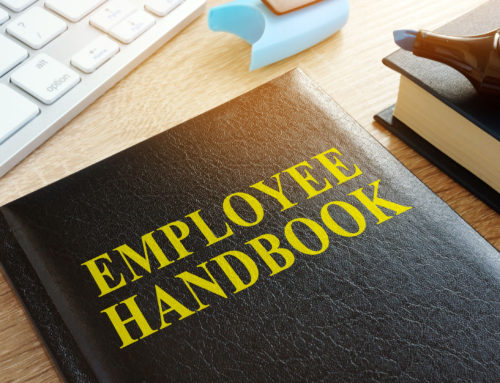Understanding Wage and Hour Claims
One particularly challenging issue that employers may face when conducting reductions in force is wage and hour claims. These claims, if not handled with the proper degree of care and attention, can often lead to lengthy and expensive legal proceedings. It is wise for employers to explore these issues in-depth and, if possible, consult with legal counsel should there be any suspicion of underlying claims.
According to IRMI, Wage and Hour Claims are “an assertion by an employee-plaintiff that his or her employer has failed to pay overtime wages owed to the employee. Within the past several years, a number of high-profile, high-dollar wage and hour claims have been filed on a class action basis, a fact that has vastly increased the dollar amount payable under such lawsuits. Given the magnitude of this exposure, most employment practices liability insurance (EPLI) policies specifically exclude coverage for wage and hour claims.”
The U.S. Department of Labor’s Wage and Hour Division (WHD) administers and enforces our nation’s worker protection laws.
In a web article titled, “Wage and Hour Class Actions Can Cost Employers Millions,” SHRM stated, ‘The dollar value of workplace class-action settlements skyrocketed in 2017, according to the annual Workplace Class Action Litigation Report by law firm Seyfarth Shaw. The top 10 employment-related settlements in 2017 totaled $2.72 billion—up from $1.75 billion in 2016, the report showed. Workplace discrimination, employee benefits, and wage and hour claims were among the top actions.
The growth in wage and hour settlements—which rose the past two years to a combined value of $1.2 billion—is the No. 1 exposure for corporations heading into 2018, said the report’s author, Gerald Maatman Jr., an attorney with Seyfarth Shaw in Chicago and New York City. He noted that HR professionals and business executives should focus their efforts on prevention.”







Leave A Comment